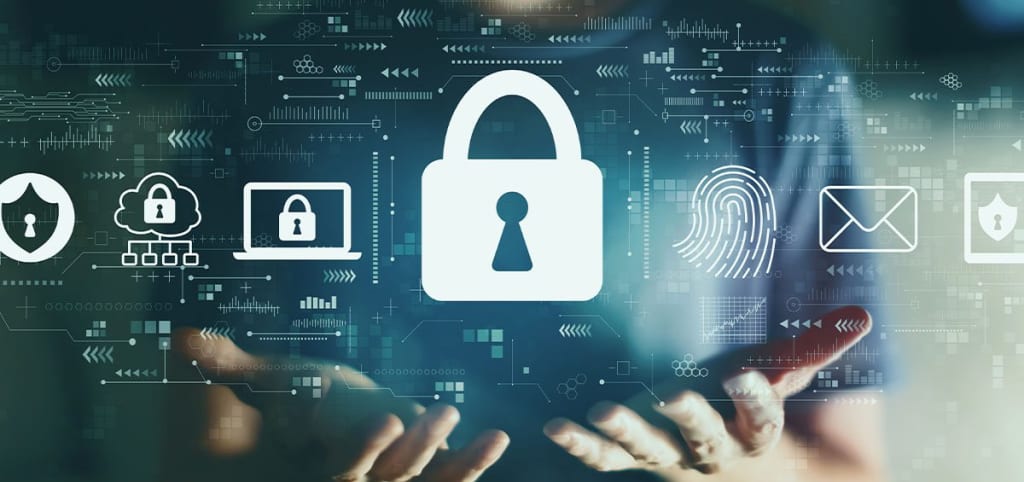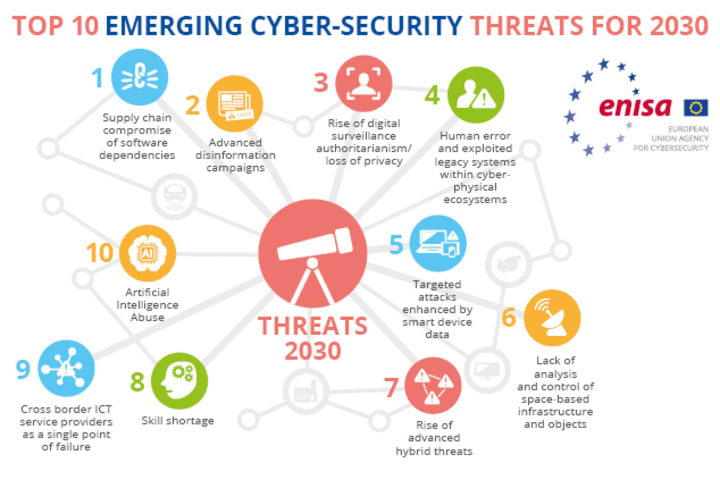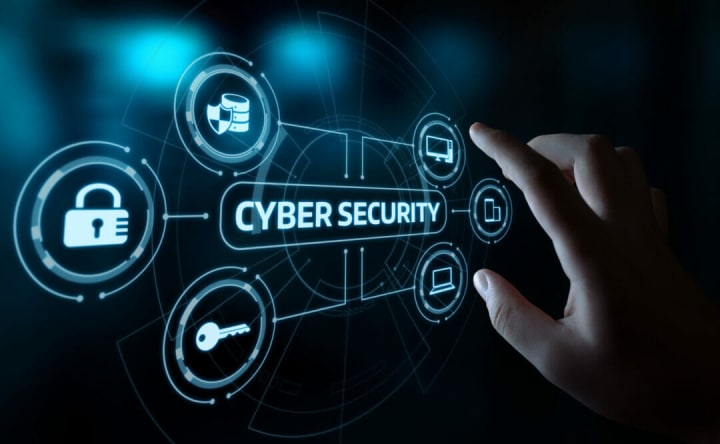Securing the Digital Future: The Imperative of Cybersecurity
Challenges and Strategies in Cybersecurity for Interconnected Systems

As the world becomes increasingly digital and interconnected, the issue of cybersecurity has become a critical concern for individuals, businesses, and governments alike. Cybersecurity refers to the practices and technologies used to protect computer systems, networks, and data from unauthorized access, theft, and damage.

One of the biggest challenges facing cybersecurity today is the growing sophistication of cyber attacks. Hackers and cybercriminals are constantly developing new techniques and strategies to bypass security measures and gain access to sensitive information. These attacks can take many forms, from phishing scams and malware to ransomware and denial-of-service attacks.
The consequences of a successful cyber attack can be devastating. In addition to stealing sensitive data, cybercriminals can also use compromised systems to launch additional attacks, spread malware, and steal resources such as processing power and network bandwidth. This can lead to financial losses, reputational damage, and even physical harm in some cases.
Given the high stakes involved, it is essential that individuals, businesses, and governments take cybersecurity seriously. This means implementing robust security measures and staying up-to-date with the latest threats and vulnerabilities. Some of the key elements of a strong cybersecurity strategy include:
Strong passwords and authentication: Passwords are the first line of defense against unauthorized access to computer systems and networks. Strong passwords should be complex, long, and difficult to guess or crack. Additionally, multi-factor authentication can provide an extra layer of security by requiring users to provide additional information or a physical token in order to log in.
Regular software updates and patches: Software updates and patches often include important security fixes that address known vulnerabilities. Keeping software up-to-date can help prevent attackers from exploiting known weaknesses.
Firewalls and network segmentation: Firewalls are designed to monitor and control traffic flowing in and out of a network, while network segmentation can help isolate and contain any security breaches that do occur.
Employee training and awareness: Many cyber attacks are the result of human error, such as falling for a phishing scam or using weak passwords. Educating employees about best practices for cybersecurity can help prevent these types of mistakes.
Regular backups and disaster recovery planning: In the event of a successful cyber attack, having a comprehensive backup and disaster recovery plan can help mitigate the damage and minimize downtime.
While these measures can go a long way toward improving cybersecurity, it is also important to recognize that no system is completely foolproof. As the threat landscape continues to evolve, new vulnerabilities and attack vectors will emerge. This means that cybersecurity must be viewed as an ongoing process of vigilance and adaptation.
To stay ahead of the curve, cybersecurity professionals must be constantly learning and experimenting with new technologies and strategies. This includes staying up-to-date with the latest research and developments in the field, participating in training and certification programs, and engaging with other experts and practitioners to share best practices and insights.
In addition to these technical and professional skills, successful cybersecurity professionals must also possess strong critical thinking, problem-solving, and communication skills. They must be able to analyze complex systems and networks, identify vulnerabilities and potential attack vectors, and develop effective strategies for mitigating risks and responding to incidents.

As the world becomes increasingly digital and interconnected, the importance of cybersecurity will only continue to grow. Whether you are an individual, a business, or a government agency, the stakes are high, and the risks are real. By implementing robust security measures, staying up-to-date with the latest threats and vulnerabilities, and investing in ongoing training and professional development, we can work together to build a safer and more secure digital future
About the Creator
On stop Tech-News
On stop Tech-News is a tech enthusiast and writer who provides expert analysis and insights to stay up-to-date in the fast-paced world of tech.
Reader insights
Good effort
You have potential. Keep practicing and don’t give up!
Top insight
Easy to read and follow
Well-structured & engaging content






Comments (1)
Yes exactly sayd